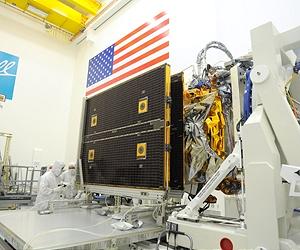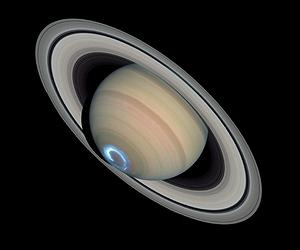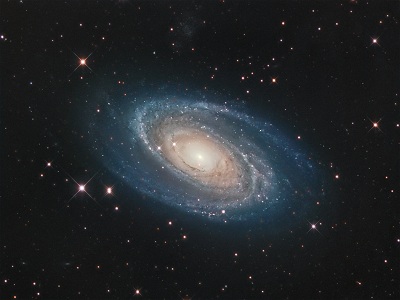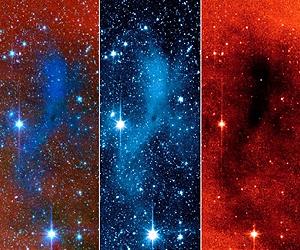Clumsily orbiting near, alongside and occasionally straight into some of the world’s most valuable communications and research equipment, space junk is, without a doubt, a serious problem.
To make matters worse, so much of it is literal junk, from decommissioned satellites to unidentifiable metal debris, which is extremely difficult to track–at least, until now.
The Air Force’s awkwardly named Space-Based Space Surveillance satellite (SBSS), due to launch this weekend after nearly a year of delay, isn’t meant to be a cleanup tool. Instead, its primarily goal is to simply find out where the junk is: to track it, to measure it, and to provide scientists enough data to calculate its location.
Space junk has been a creeping concern for years, but it’s quickly becoming urgent. Current estimates place the number of significant man-made objects orbiting around the Earth near 500,000, less than 5% of which is in any way tracked.

It’s difficult to convey what that number means in terms of risk. Graphics like the one above make it seem like an orbiting shuttle would be viciously perforated in the course of a single orbit, while simple mathematical representations border on meaningless.
(500,000 pieces of space junk spread evenly along a typical orbital path of the ISS would come out to one piece every 282 feet. Add two more dimensions to this calculation and it loses force; leave them out and it doesn’t bear much resemblance to reality.)
In any case, minor collisions have been documented during shuttle missions, and the ISS has taken evasive action against incoming debris on at least eight occasions in the last 10 years.
The SBSS will use its orbital vantage point, and specifically designed instruments, to track debris with an acuity that ground-based equipment lacks, due to lack of mobility, lack of visibility and general unwieldiness. Among the gear on the satellite,
The SBSS spacecraft will be equipped with a visible sensor mounted on an agile, two-axis gimbal. This device will give ground controllers the flexibility to quickly move the camera between targets without needing to reposition the satellite itself or expend additional fuel.
The data collected by the SBSS should help keep orbiting equipment and crews safer in the short term, and eventually, or rather
hopefully, contribute to future efforts to reduce space junk, none of which have, for lack of a better phrase, made it off the ground.
Image courtesy of the ESA





















































